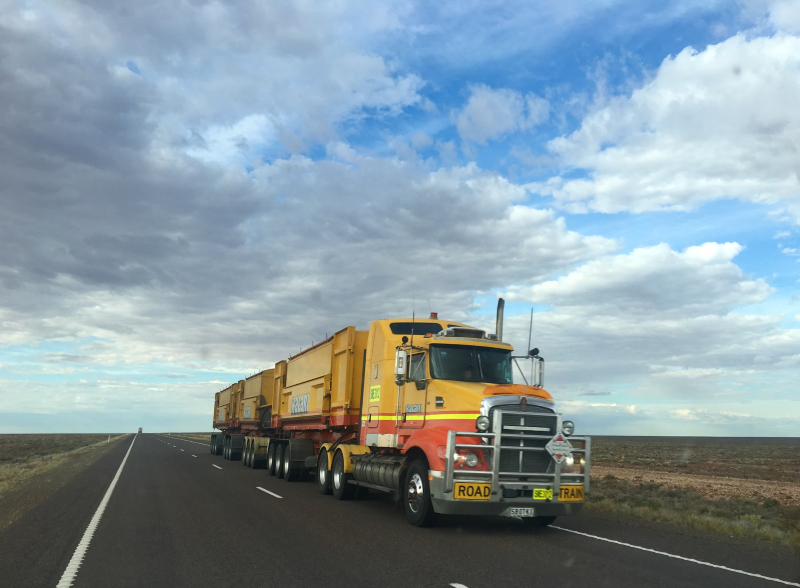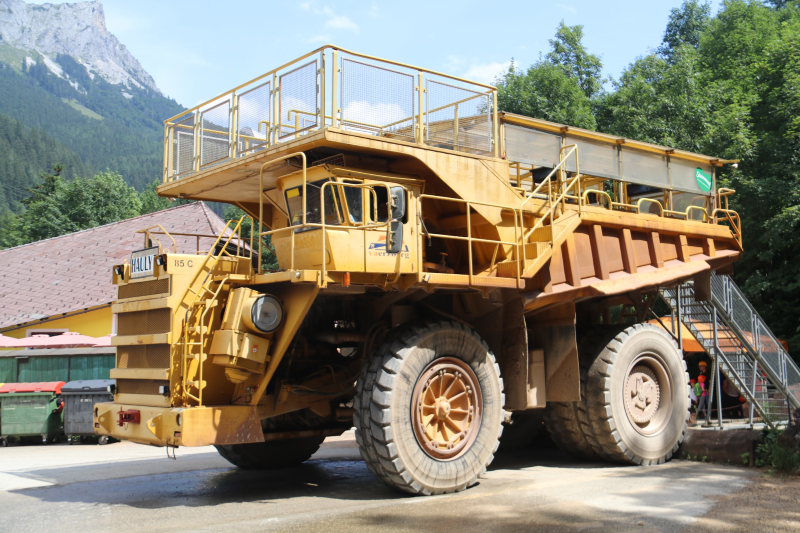Heavy haul regulations might seem daunting and are at times a significant barrier to entry for many transporters and construction companies vying for a piece of this pie. Yet, they play a crucial role in ensuring the safety of workers, the environment, as well as the general public.
If you’re in the construction biz, you are at least loosely coupled with heavy haul transportation, which often comes with its own share of challenges and complexities. In this article, we break down everything pertaining to heavy haul regulations, and all that construction companies need to be made aware of regarding the same.
Understanding Heavy Haul
So, what exactly do we mean when we say heavy haul? It certainly isn’t a typical load of steel and concrete headed for a construction site. And while there is no universally accepted figure, heavy haul pretty much always conjures images of bulldozers, cranes, and other heavy equipment that might require the likes of dump truck hauling.
The loads we speak of here often involve higher risk factors, both to the workers, as well as the general public, and require extensive safety measures to minimize these risks and comply with local laws and regulations.
At times, the loads may even exceed standard legal dimensions and weight limits of different roads, requiring additional permissions from regulators and authorities.
Weight & Size Limits
Each state has its own playbook when it comes to size and weight limits. But as a rule of thumb, if your load is wider than 8.5 feet, taller than 13.5 feet, or heavier than 80,000 pounds, you’ve entered heavy haul territory.
Now, don’t just take my word for it, make sure to check the specifics for each state you’ll be traveling through. It won’t bode well for your business if you either focus too much on regulations, or too little, and thus, it requires the right amount of due diligence.
What continues to fail this industry is the ambiguity surrounding heavy-haul regulations. Most states lack clear guidelines or rules, leaving a lot to interpretation, and thus making challenging moves that are much more riskier.

Licensing & Permit Requirements
Obtaining the correct permits is crucial for heavy-haul transportation. Requirements vary by state, load dimensions, and the chosen route. Companies must navigate these varying requirements to secure the necessary permits for their loads.
Furthermore, securing permits involves not just identifying the right type, but also managing timelines and fees associated with each application.
Delays in obtaining permits can lead to project setbacks, making it imperative for companies to have a dedicated team or process in place for efficient permit management. This proactive approach ensures smoother operations and compliance with all regulatory requirements.
Safety & Training
Safety measures are non-negotiable as part of heavy haul regulations. This includes securing the load properly and adhering to all safety guidelines. Regular equipment inspections and following best practices for load security are fundamental to preventing accidents.
Additionally, implementing a comprehensive safety training program that encompasses not only the drivers but also the support staff involved in loading and securing cargo can significantly enhance safety measures.
Such training ensures that everyone understands the importance of load distribution, securement techniques, and emergency response procedures, further minimizing the risk of accidents during transport.
Route Planning
Effective route planning is critical to avoid obstacles such as low bridges or roads with weight restrictions. It involves researching and selecting routes that can accommodate the size and weight of the heavy haul load safely.
Most specialized heavy haul companies have centralized control towers that regularly track vehicles and routes to keep things flowing smoothly.
While this isn’t feasible for all, it should help drive the importance of route planning for trucking, especially heavy haul trucking, and the various challenges that come with it. Route planning should also include state laws and regulations, as any diversions could quickly result in complications when not taken care of.
The Right Gears For The Gig
Using the right equipment for heavy haul transport is non-negotiable. This often means specialized trailers that can handle the extra weight and dimensions of the load. Ensuring the equipment is in good condition and appropriate for the specific load is essential to ensure optimal performance.
To elaborate, maintaining a fleet that includes a variety of trailer types, such as extendable, lowboy, or multi-axle, allows for flexibility and efficiency in handling diverse heavy haul projects.
Regular maintenance checks and upgrades are also crucial to ensure the equipment meets safety standards and technological advancements, thereby optimizing performance and reliability during transport.

Conclusion
While navigating heavy haul regulations can seem daunting, understanding the key components can demystify the process. Remember, it’s about more than just moving large loads, it’s about doing so safely, efficiently, and in compliance with the law, requiring a concerted effort from every member.
With this approach, companies can mitigate risks and streamline their heavy haul operations, paving the way for project success and long-term operational sustainability.

